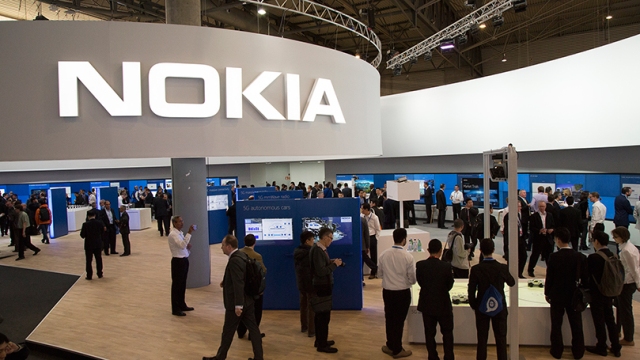 Nokia has introduced its innovative Wireless PON solution, enabling operators to bring gigabit services to customers using WiGig wireless technology, eliminating the need to bring fiber all the way to a home or building.
Nokia has introduced its innovative Wireless PON solution, enabling operators to bring gigabit services to customers using WiGig wireless technology, eliminating the need to bring fiber all the way to a home or building.
The new wireless PON solution shows how operators can use a wireless drop alternative to deliver fiber-like speeds to broadband customers.
The number of consumer fixed broadband subscribers on gigabit speed tiers will grow from almost 1.3 million in 2016 to 65 million by 2022, at CAGR of 88 percent, but only 7 percent of the total, according to a report in Ovum.
“The push for broadband connectivity in underserved and remote rural areas, and the need to fill gaps in urban and suburban wireline broadband coverage, is creating renewed interest in the use of fixed wireless access (FWA),” said Julie Kunstler, principal analyst, Ovum’s Next-gen Infrastructure Practice.
Telecom operators need to evolve their access networks to meet consumer demand to manage this kind of growth in gigaspeed user base. This requires bringing fiber to the most economical point, with multi-technology strategies – combinations of both fiber and DSL – to roll out and deliver new ultra-broadband services.
There are areas where bringing fiber all the way to the home or building may not be feasible or cost-effective. Operators are turning to viable fixed-wireless technologies due to recent progress made in wireless technology.
Nokia said its Wireless PON solution — integrating Nokia’s Passive Optical Network (PON) technology with WiGig, a 60 GHz standard otherwise known as 802.11ad – can be mounted to telephone poles, street lights or a building façade.
The broadband solution uses beamforming to bring connections of up to 1Gbps to Nokia WPON home units located up to 300 meters away on the outside of a building or home. It has the ability to connect multiple access points in a row or create a meshed network. Broadband operators can now bring fiber to a street corner or neighborhood instead of a building and avoid the costs of adding subscribers.
Ovum says broadband solutions like Nokia’s WPON help operators competitively service target areas, whether in urban, suburban or rural locations. With Nokia’s WPON, operators can quickly connect new subscribers and easily transition them to higher-value FTTP-based services in the future.
Nokia said multi-technology strategies are key to helping broadband operators quickly roll out new ultra-broadband services to more people.
“Nokia’s new Wireless PON solution will introduce FTTx options that operators can use to enhance the way customers experience their broadband services,” said Federico Guillen, president of Nokia’s Fixed Networks Business Group.





